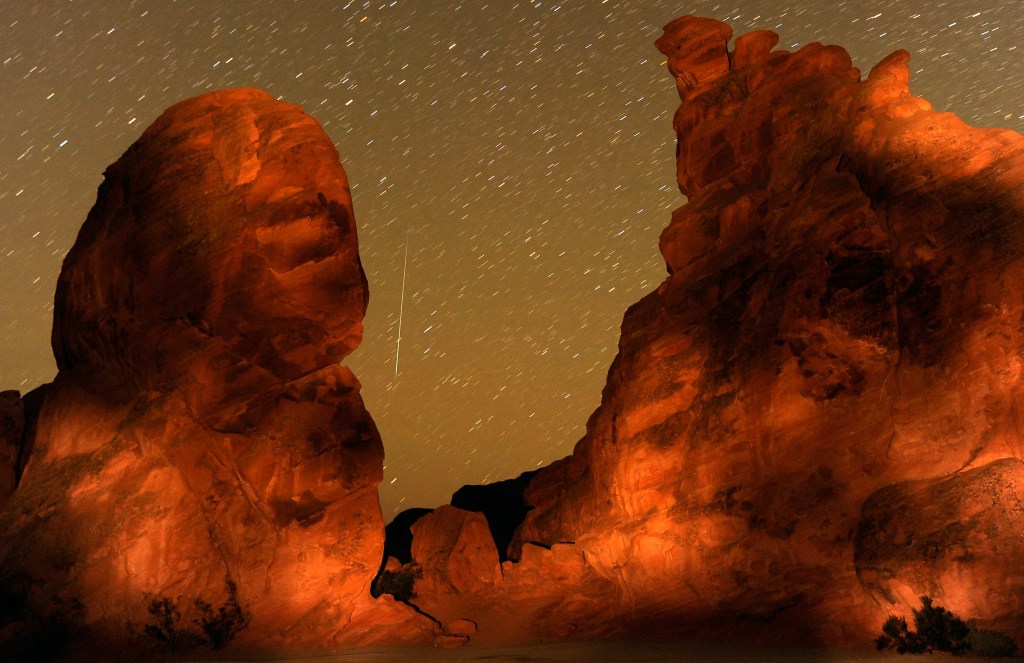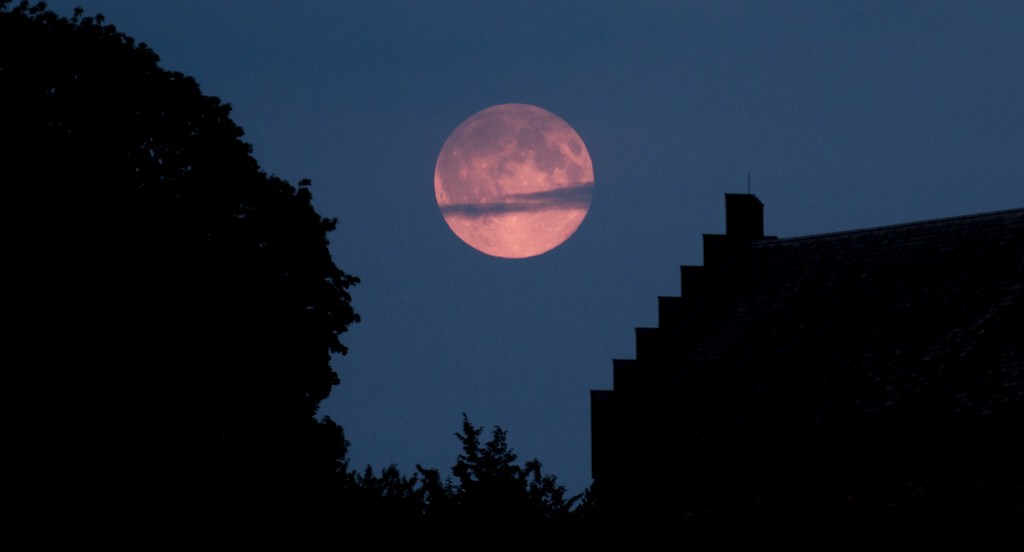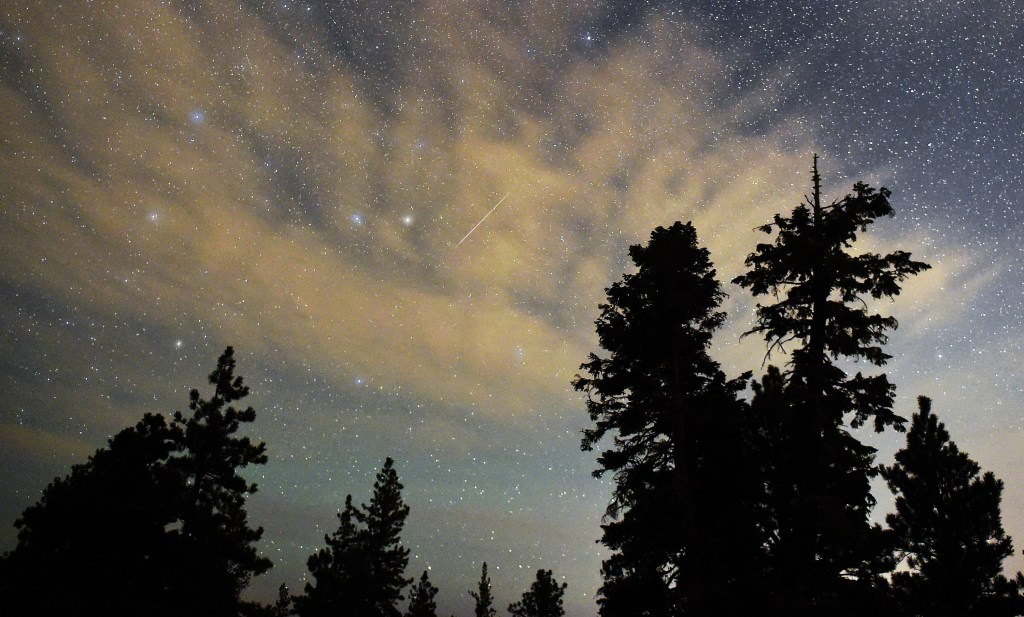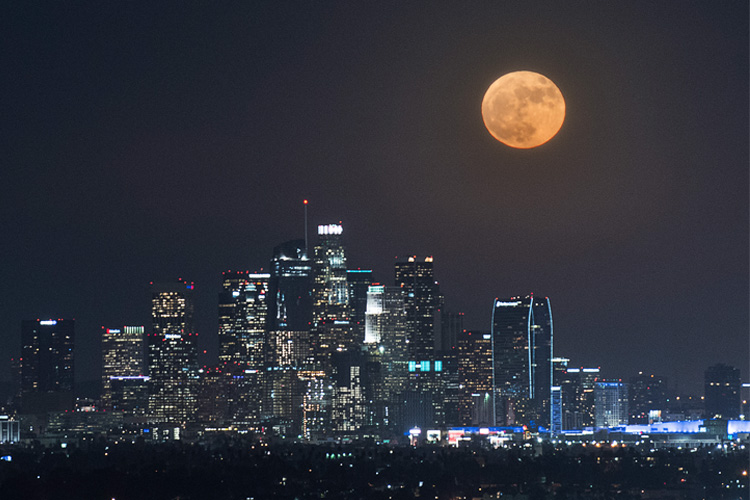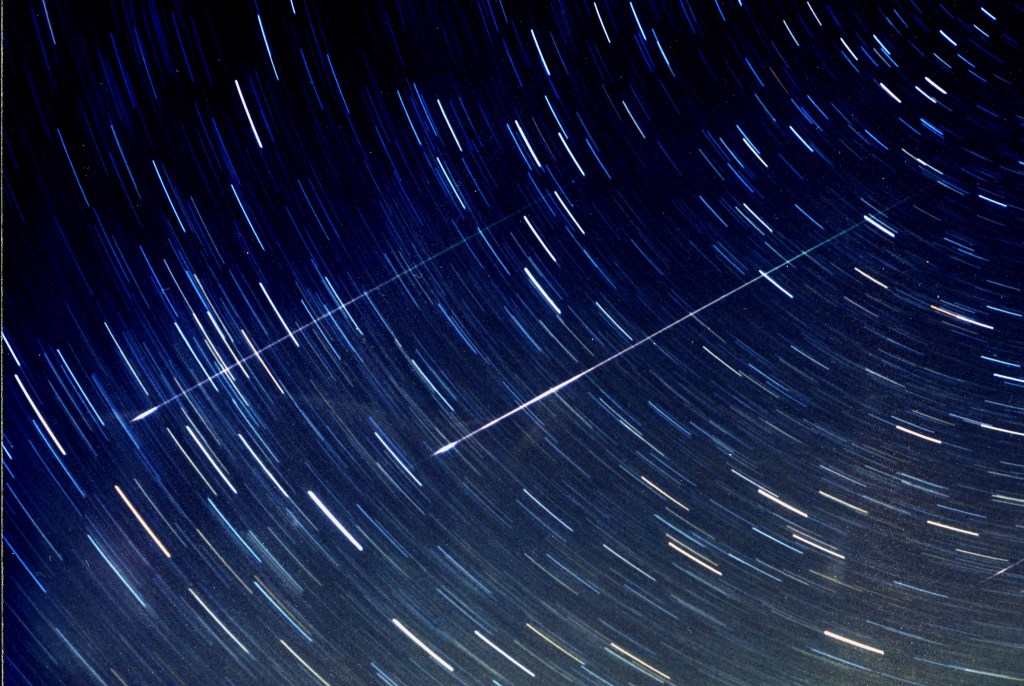5 Beautiful Sights That Will Light Up the Night Sky This Season
If your first instinct might be to bundle up inside on cold winter nights, you’re missing out on all the amazing celestial events that are illuminating our night sky. Now that we’re nearing the heart of fall and the beginning of winter, we’re also approaching the peak viewing days for several meteor showers and other natural phenomena.
Whether you’re looking for a fun, family-friendly bonding activity this winter or you’re a bona fide space nerd, you won’t want to miss these stargazing events. So grab your friends, family, and a few snacks and head outside to enjoy the fresh air and the beautiful sights.

